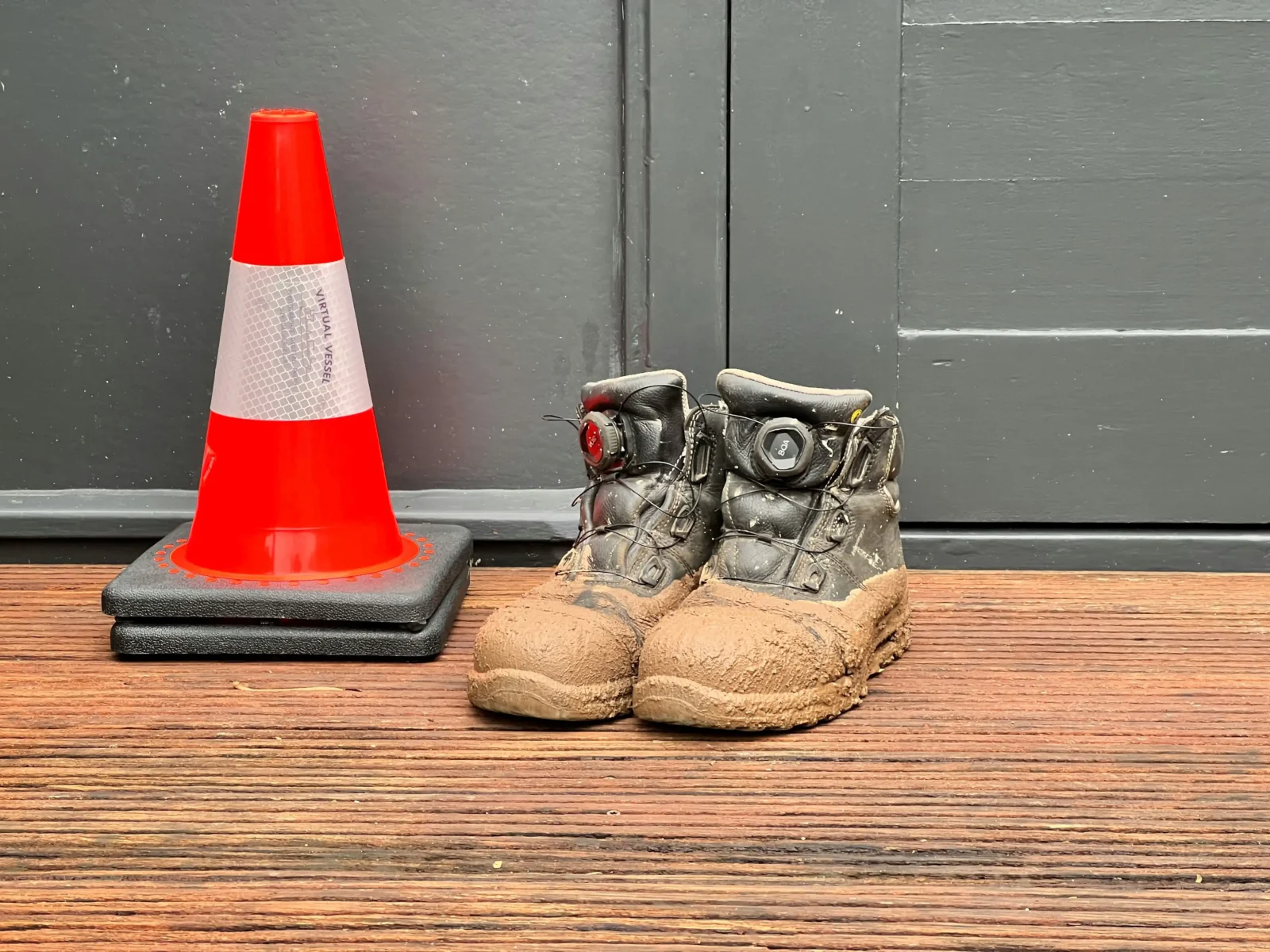- Home
- Articles
- Architectural Portfolio
- Architectral Presentation
- Inspirational Stories
- Architecture News
- Visualization
- BIM Industry
- Facade Design
- Parametric Design
- Career
- Landscape Architecture
- Construction
- Artificial Intelligence
- Sketching
- Design Softwares
- Diagrams
- Writing
- Architectural Tips
- Sustainability
- Courses
- Concept
- Technology
- History & Heritage
- Future of Architecture
- Guides & How-To
- Art & Culture
- Projects
- Interior Design
- Competitions
- Jobs
- Store
- Tools
- More
- Home
- Articles
- Architectural Portfolio
- Architectral Presentation
- Inspirational Stories
- Architecture News
- Visualization
- BIM Industry
- Facade Design
- Parametric Design
- Career
- Landscape Architecture
- Construction
- Artificial Intelligence
- Sketching
- Design Softwares
- Diagrams
- Writing
- Architectural Tips
- Sustainability
- Courses
- Concept
- Technology
- History & Heritage
- Future of Architecture
- Guides & How-To
- Art & Culture
- Projects
- Interior Design
- Competitions
- Jobs
- Store
- Tools
- More
Why Healthcare Data Aggregation Is Critical To Risk Adjustment Accuracy?

Healthcare data aggregation unifies fragmented patient records to improve risk adjustment accuracy with a measurable impact on coding and reimbursement. Modern platforms process EHR, claims, and social data to create a comprehensive, usable patient profile that supports accurate risk scoring. This integrated strategy minimizes coding mistakes, identifies omitted diagnoses, and allows predictive analytics where healthcare organizations can capture correct risk scores as well as enhance patient care.
The accuracy of the risk adjustment process spells the difference between healthcare organizations getting the right reimbursements and their ability to provide quality care. The problem is in the dispersion of the data that is distributed over different systems. EHRs are able to save clinical notes only, claims databases store billing codes, and patient-reported outcomes can be found in their tools. The problem with this puzzle is addressed by healthcare data aggregation, where those scattered sources are narrowed down to one set of patient records that provide the entire health picture.
In case of data living in silos, the risk adjustment is compromised. Diabetes diagnosis in a patient can be recorded in the claims data, whereas complications can be recorded in clinical notes only. In the absence of aggregation, such connections are unseen, thereby resulting in incomplete risk scores and lost revenue opportunities.
Table of Contents
ToggleWhat Makes Healthcare Data Aggregation Essential for Risk Adjustment?
Data integration in health care shall generate in-depth patient profiles through the integration of clinical, administrative, and social determinants information. This integrated solution captures the range of health conditions of patients that are not covered by the single-source systems.
Risk adjustment depends on accurate documentation of patient conditions. Aggregated data reveals:
- Complete diagnosis patterns across all care settings
- Treatment histories that support condition severity
- Social factors affecting health outcomes
- Real-time clinical indicators that traditional systems overlook
The result is more accurate risk stratification that reflects true patient complexity and care needs.

Unified Data Architecture Improving Coding Accuracy
Unified Data Models pull data from EHRs, claims, HIEs, and admin systems into a standard structure that supports accurate coding and stratification. This whole picture approach removes the holes that arise when risk adjustment is based on partial data sets.
Modern UDM systems leverage both batch and real-time processing to support immediate clinical workflows. Key benefits include:
- Standardized data formats across all sources
- Real-time validation of coding accuracy
- Automated identification of missing diagnoses
- Cross-reference verification between clinical and billing data
This architecture ensures that risk adjustment captures all relevant patient conditions rather than missing critical information buried in unstructured clinical notes.
Why Do Traditional Systems Fall Short in Risk Adjustment?
Conventional healthcare systems maintain the data in dissimilar repositories that are not able to interact. The EHR systems concentrate on clinical records, and the billing systems on procedure codes. Such a segregation amounts to blind spots in the risk adjustment.
Data aggregation platforms now use lakehouse architectures, blending the flexibility of data lakes with the performance of data warehouses for cleaner, usable data. It leads to the creation of a complete data pipeline in which raw data is transformed by the use of advanced curation and yielding optimized data to be used in risk adjustment.
Common problems with fragmented systems include:
- Incomplete patient histories due to system limitations
- Delayed access to critical diagnostic information
- Manual processes that introduce coding errors
- Inability to track patient conditions across care settings
What Role Does Natural Language Processing Play?
NLP and normalization tools analyze unstructured clinical notes and extract key diagnoses often missed in structured fields. This technology is capable of retrieving diagnostic information that would have otherwise not been revealed because it is hidden in free-text clinical documentation.
The process creates dynamic Longitudinal Patient Records (LPR) that capture the complete patient journey. These records undergo processing through:
- Natural language analysis of clinical notes
- Semantic normalization for consistent terminology
- Enterprise Master Patient Index (eMPI) for patient matching
- Automated extraction of diagnostic indicators
This comprehensive processing ensures that risk adjustment captures conditions documented in clinical narratives, not just structured data fields.
AI-Powered Insights Enhancing Risk Stratification
Using aggregated data about the patients, artificial intelligence converts the information into useful knowledge of risk adjustment. AI engines examine Longitudinal Patient Records to add descriptive and prescriptive information, such as program eligibility, care gaps, and HCC codes.
Healthcare data platforms powered by AI deliver:
- Automated identification of missing risk adjustment codes
- Predictive cost and risk stratification models
- Real-time alerts for coding opportunities
- Machine learning-based pattern recognition for complex conditions
This intelligence helps healthcare organizations identify patients who require more intensive management while ensuring accurate risk scores that reflect true patient complexity.
What Benefits Does Real-Time Data Processing Provide?
Real-time processing options also allow real-time updates of risk adjustment when new information about patients is available. Such a method is different compared to conventional batch processing, which leads to delays between patient visits and updated risk scores.
Real-time benefits for risk adjustment include:
- Immediate incorporation of new diagnostic information
- Dynamic updates to patient risk profiles
- Timely identification of care gaps affecting risk scores
- Continuous monitoring of patient condition changes
| Processing Type | Update Frequency | Risk Adjustment Impact |
| Batch Processing | Weekly/Monthly | Delayed risk score updates |
| Real-Time Processing | Immediate | Current risk stratification |
| Hybrid Processing | Continuous | Optimal accuracy and timing |

How Does Data Aggregation Support Quality Metrics?
The quality metrics also have a direct influence on risk adjustment via quality-based programs such as Medicare Advantage Star Ratings and value-based care contracts. Aggregate data gives the overall picture that is necessary in recognizing areas of quality improvement and monitoring in various areas.
Data aggregation in healthcare supports quality initiatives by:
- Tracking care gaps that affect both quality scores and risk adjustment
- Monitoring patient outcomes across the care continuum
- Identifying patients who need preventive interventions
- Measuring the effectiveness of care management programs
This holistic approach ensures that risk adjustment strategies align with quality improvement goals rather than operating in isolation.
What Implementation Challenges Should Organizations Expect?
Comprehensive data aggregation of risk adjustment poses some challenges to healthcare organizations in the following ways. The awareness of these barriers aids in preparing teams that will work successfully during deployment.
Common implementation challenges include:
- Data governance requirements across multiple sources
- Integration complexity with existing systems
- Staff training on new workflows and tools
- Compliance with privacy and security regulations
To overcome these obstacles, it is necessary to plan carefully and collaborate with professional providers of healthcare data platforms who are familiar with both technical policies and regulations and compliance.
How Can Organizations Measure ROI from Data Aggregation?
The health data aggregation requires investment whose positive payoff is achieved in terms of more accurate risk adjustment, decreased administrative cost, and better patient outcomes. Organizations usually record visible gains in 6-12 months.

Key ROI indicators include:
- Increased risk adjustment revenue capture
- Reduced coding errors and audit findings
- Improved quality scores and bonus payments
- Enhanced operational efficiency in care management
Note: Organizations often report 15–25% improvement in risk score accuracy or coding completeness in the first year, depending on data quality and implementation.
Bottom Line
Healthcare data aggregation turns risk adjustment into a proactive process aimed at proper patient profiling and proper reimbursement. Using a unified view across different data sources, introducing new-level processing capabilities, and harnessing the power of AI-driven insights, healthcare facilities can unlock the necessary multidimensional view of the patient to enable accurate risk stratification.
The move towards integrated systems and single platforms of healthcare data aggregation is a paradigm change in the way entities view and control the population of patients. The process does not simply lead to better finance terms, but it also leads to more informed care decisions thanks to complete, timely patient data.
Are you willing to get the full utilisation of your healthcare information?
Persivia provides the end-to-end data fusion and artificial intelligence-driven analytics your organization requires in order to obtain high-risk adjustment accuracy. Our platforms enable the combination of the latest data lakehouse technology layer with established, established clinical workflows, providing you with a unified patient view that delivers both financial and clinical outcomes.
Don’t let fragmented data limit your risk adjustment success. See how Persivia’s advanced healthcare data platform can transform your approach to patient care and population health management.
illustrarch is your daily dose of architecture. Leading community designed for all lovers of illustration and #drawing.
Submit your architectural projects
Follow these steps for submission your project. Submission FormLatest Posts
Shipping Containers as Functional Infrastructure on Construction Sites
Construction sites are temporary by definition, yet the systems that support them...
Understanding Site Safety Footwear in Architectural Practice
Architecture is often discussed through drawings, models, and finished buildings, yet a...
General Arrangement Drawings in Architecture: The Backbone of Clear Design Communication
General Arrangement Drawings explained: what they are, when to use them, how...
The Ultimate Guide to Fencing in North Dakota: Choosing the Best Fence for Your Property
Watching a chain link fence twist in 70 mph winds near Minot...












Leave a comment